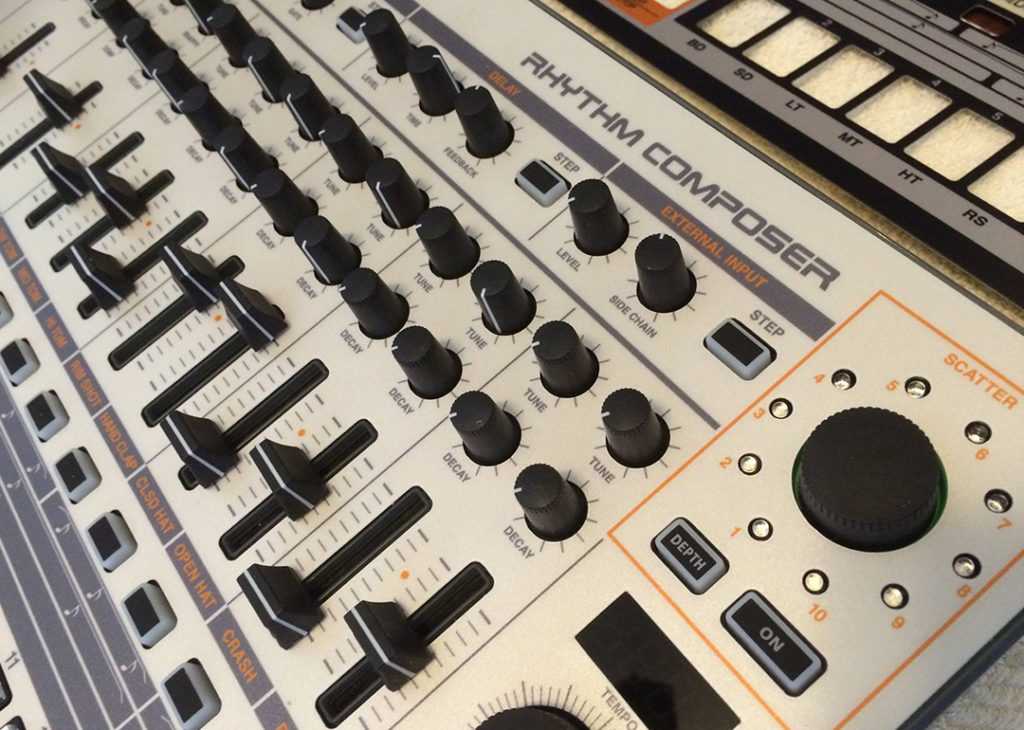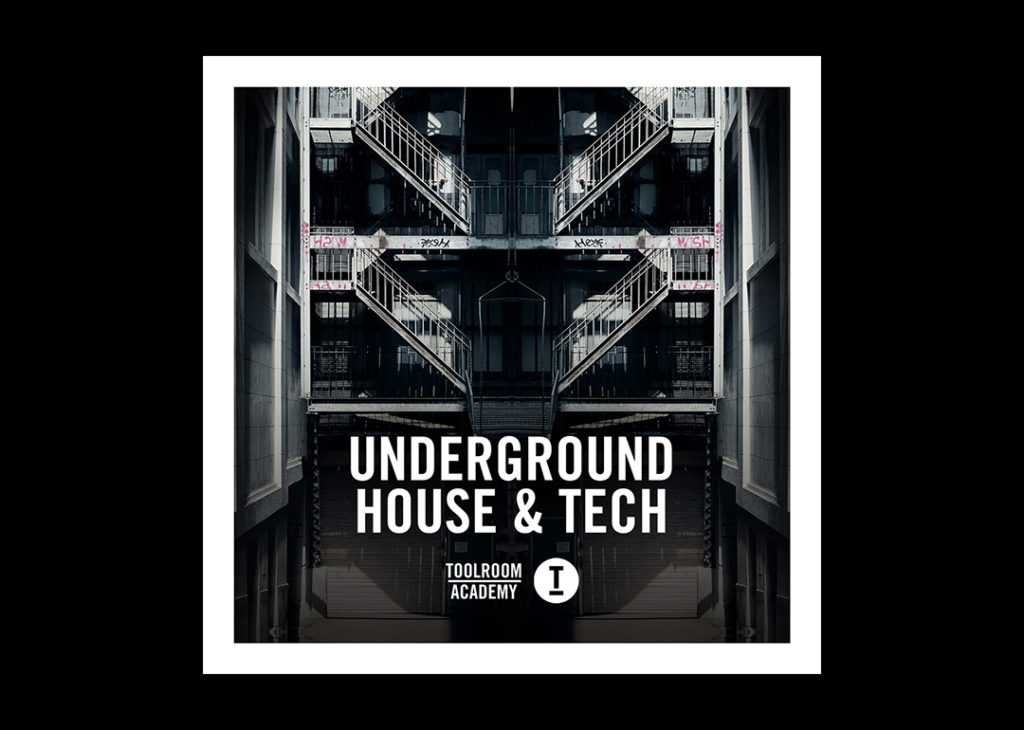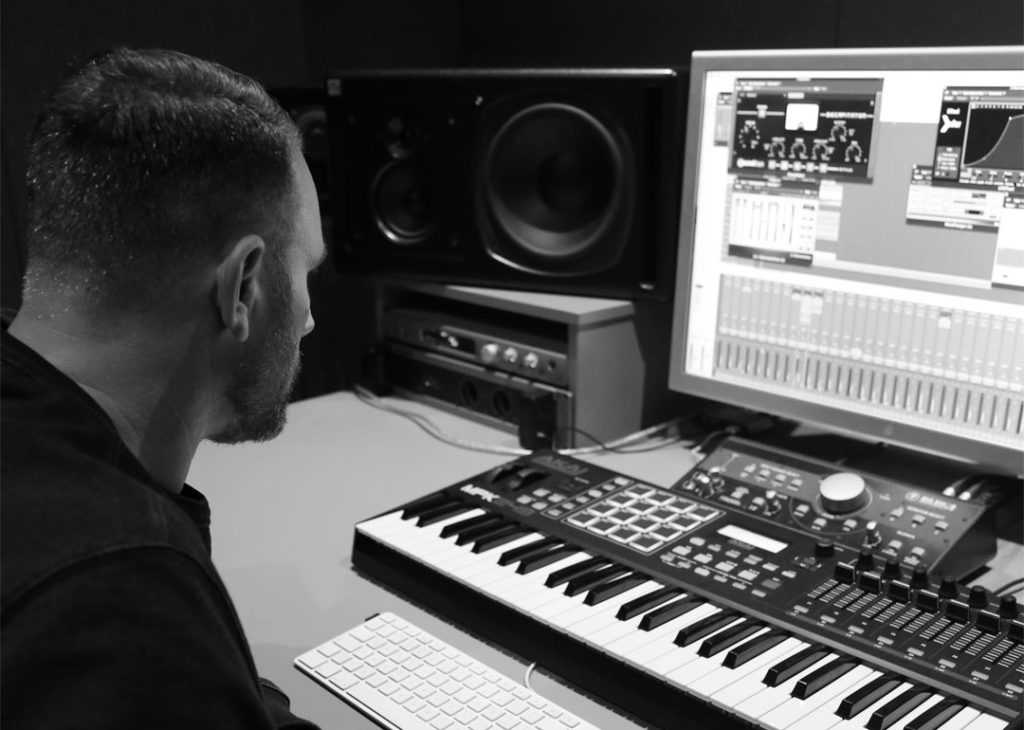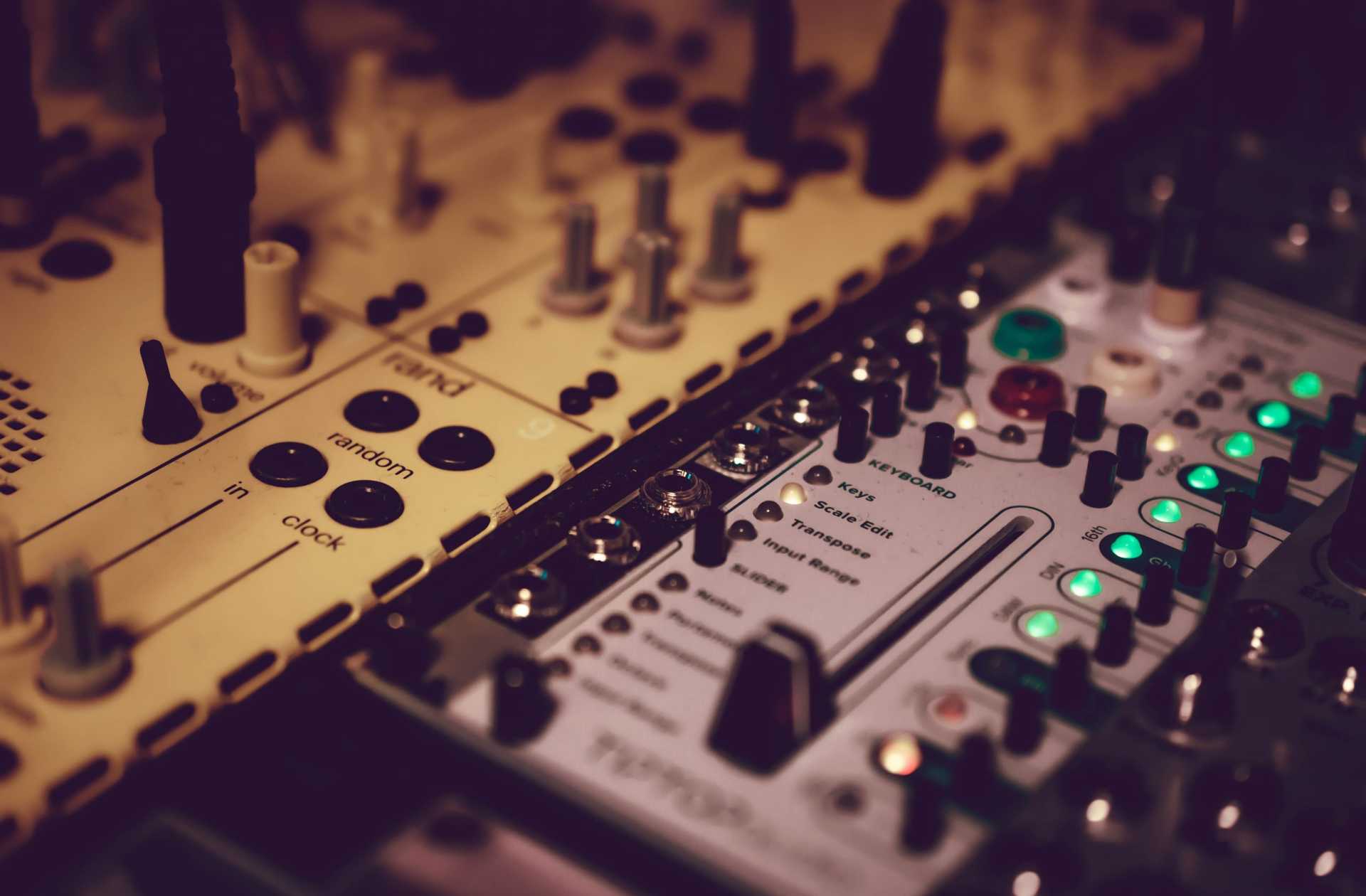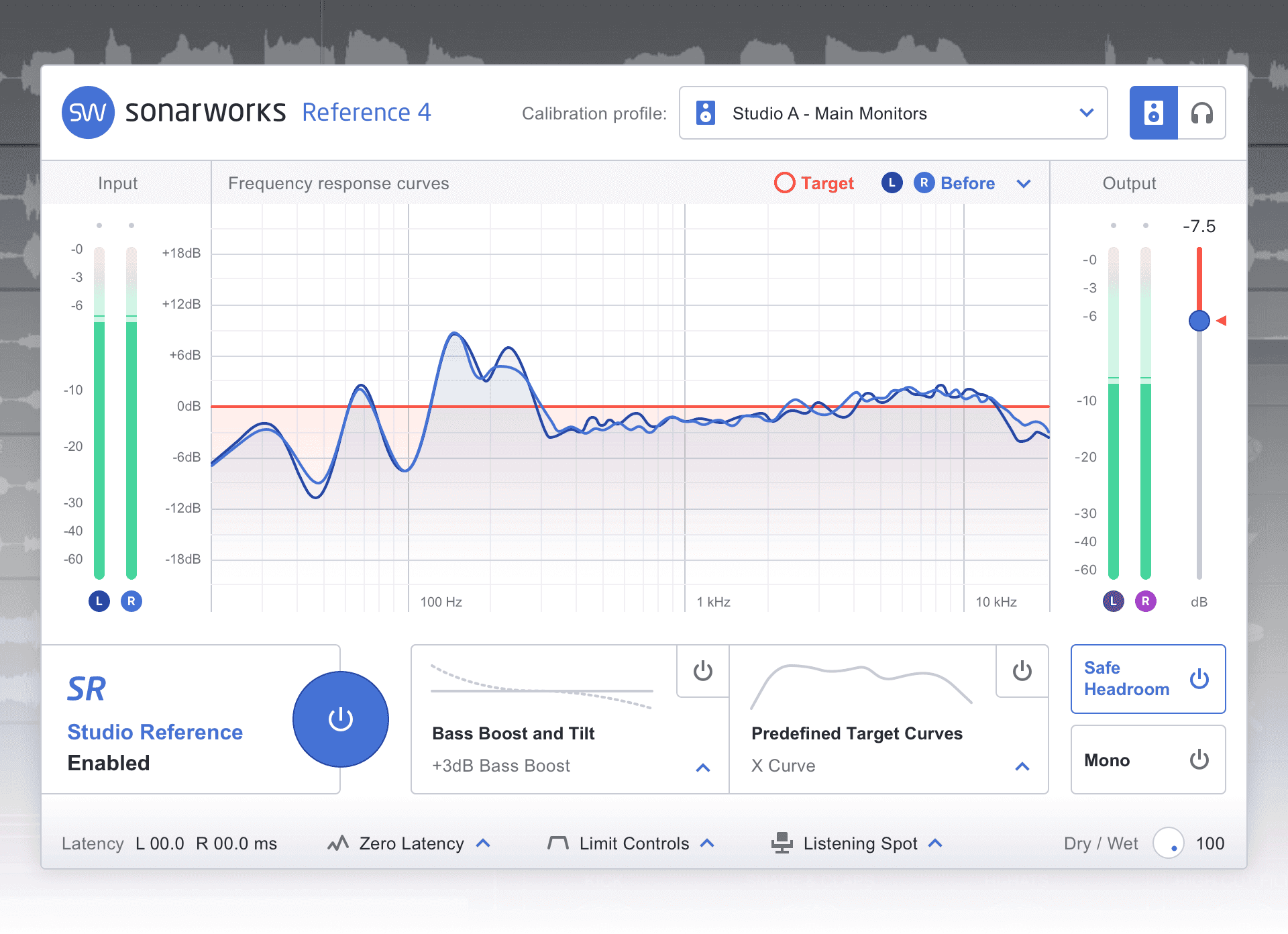Many would say that Techno is having a moment right now, but we’d say that’s incorrect. Techno, and more importantly Techno production, has been a seminal force in dance music since the very beginning.
Through its ups and downs, Techno has always had a special place in our hearts here at Toolroom. Today, in celebration of our new sample pack, Analog Techno, we’re taking inside our creative process by showing you ten tips that can make or break your foray into one of the oldest genres in our scene.
Let’s get started!
If there is one concept we continually hammer into the heads of our Toolroom Academy students, it would indeed be sound choice.
As the old saying goes, “You can’t polish rubbish.” We’d hesitate to say that 50% of issues that rear their ugly heads in a session can be solved by simply choosing sounds that work well together.
When producing any genre, sound choice is vital to your success. Whether it be choosing the right kick for your bassline, the correct snare to accompany that kick, and the right percussion to layer on top of it all, sound choice should be your first priority when producing Techno.
While this may take an extra few minutes, you’ll save yourself hours further down the line.
We would dare to say that Techno fans are a bit more “discerning” than your everyday listeners of House or Tech House. While you may be able to get away with the use of a bit more of a “standard” sound palette when producing these genres, Techno allows you to get weird.
Perhaps the best way we know of doing this is by picking up a ZOOM Recorder and going to town recording anything and everything.
Record city ambiances as filler noise for your breakdowns. Bang pots and pans together in your kitchen for percussive hits. Slam your front door. Record the sound of a cigarette lighter, your kitchen faucet, you name it.
Like we said, get weird!
You’ll be glad you did, and so will everyone listening to your track.
Techno is famous for its use of reverb. Generally, we tell our students not to be afraid of using “too much” reverb when sketching out a Techno groove.
Reverb is simple. It is simply the “space” that your sounds exist in. Bigger “spaces” = more reverb.
Techno may be the one genre where you can break the infamous “no reverb on your basses” rule. Ableton’s Dark Hall Reverb patch is excellent as a final layer on your meticulously crafted, bass-heavy Techno kick drums. While the preset itself is a fine place to start, you’ll probably find yourself adjusting the decay time and pre-delay to fit your track best.
We’re big fans of using reverbs on return channels, making it easy to both side chain and EQ the signal. As always, you will want to EQ out anything lower than 80-150Hz on your reverb channel.
On top of this, using returns makes it easy to send particular channels busses to reverb FX during moments of tension in a record, creating “epic” buildups.
Be careful, though! Few can tastefully pull off a “hands in the air” buildup in a proper Techno track.
Another rule that is often broken with Techno production is a general weariness towards compression.
Many beginner producers make the mistake of compressing every last element in their mix, squashing out the record’s natural dynamics. Again, we find ourselves in a situation where if proper sounds are chosen, this is entirely unnecessary.
See how things come full circle?
When making Techno, however, many producers will often go for a certain squashing of dynamic range in kick, bass, and anywhere else they may feel like. The dystopian genre often goes for a tough and gritty sound that calls for excessive compression and distortion on individual sounds.
We know, we know. You want to learn more about when to use compression and distortion. Click here to learn about our Production Masterclass, where we teach you everything you need to know to begin using both of these effects in your productions.
Delay can be used on various elements rather creatively in Techno production, particularly hi-hats. In addition to helping create a fuller stereo spread, delay can help to create another rhythmic texture in your track.
It is here that both feedback and time settings are going to be your friend when going for the creative aspect of delays on percussive elements when making Techno.
Pro-tip: If you’re feeling frisky, try adjusting the delay to hit slightly off the grid. Beware that this can quickly send your groove way out of time.
When done correctly, it’s an effective tool for spicing up your tracks!
What separates Techno production from House is an intense use of repetition. Both genres utilize a 4/4 kick drum pattern, a clap or snare that rests on the 2 and 4 (though it will often disappear entirely), and an offbeat high hat.
We suggest you grab a few sample packs, such as our very own Underground House & Tech, and get to chopping up loops. Just as you would when making House or Tech House, look for short sections that jump out at you. The difference here would be creating something of a “tidal wave” of sound instead of a jacked out groover.
This can be done either using clip view or with a sampler if you are so inclined. How you do it doesn’t matter much, just that you do it!
With Techno, sometimes we toss the rulebook out the window.
See Rafa Barrios’ 2015 release on Toolroom, Alone in the Space, to hear what we’re talking about.
Perhaps the oldest trick in the Techno production book is using low passed kick drum reverb as your bassline, instead of an actual synthesized bass. Keep in mind that this is an art, and you will have to leave no stone unturned when tweaking pre-delay, density and size to get it perfect. As always, be sure all sub frequencies are in mono such that they translate well on a club system. Be sure to go heavy handed with the compression here, and use either another compressor or a VST side chain to allow your kick to cut through.
That being said, making basslines is a skill that can take years to perfect. Toolroom Academy’s Creativity Unlocked Course is a great way to get first-hand experience with our team of award-winning producers to learn more about the fine art of bass synthesis.
While we’re huge fans of being as creative as possible with sample choice, you can be sure that almost every big Techno record in existence features some elements of the Roland TR-909.
The 909 is a simply legendary drum machine. The versatility of the 909 is not to be missed. Even we’re surprised at some of the lovely sounds that come out of this machine from time to time, and we’ve been using the 909 since it first came out in the ’80s!
One good example of how to use the TR-909 would be for its timeless selection of kicks. Grab a kick drum from the TR series, or a plugin emulator, dirty it up with a tad of distortion or saturation, and get to work.
On the other hand, our Essential Techno sample pack contains plenty of sounds that were sourced from the 909. If you want those rough and tough Techno grooves, look no further.
This is one suggestion not to be taken lightly.
Modern Techno music exists due to unrelenting innovation and experimentation. In this genre, originality is more important than ever.
Don’t be afraid to veer way off into left field when drafting out your Techno tunes. While producers may be able to get away with outright copying the Beatport charts in other genres, Techno fans can smell inauthenticity a mile away.
Vocals that you may have tossed out early on may sound better in a more fleshed out version of your track. Reaching for that extra weird synth preset can take an idea to the next level.
In fact, don’t be afraid to go over 130BPM, either.
You could even try tossing in a Jungle break at this tempo.
Have fun with it.
There is no shame in referencing a track that you like.
Let us repeat this point: reference other records when producing!
We encourage all of our students to continually strive to try to nail the sound of other artists that they like.
Chances are that in doing so, they will not only learn a great deal about the technical side of production, but they will develop their own take on the process of producing music. Whether it be preference of a different compressor, a slightly different routing method, or an affinity towards particular sounds…many artists develop “their” sound by first trying to sound like an artist they look up to.
As a new producer, what more could you ask for?
There you have it, our ten most coveted tips for producing Techno!
Feeling inspired? Why not check out our brand-new sample pack?
Analog Techno features a total of 254 loops fully processed loops to give you the tools to be creative, building an entire track from the ground up.
